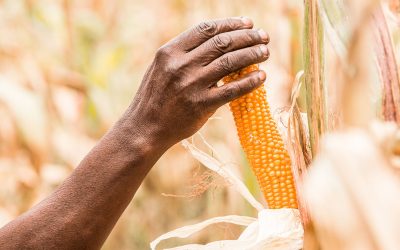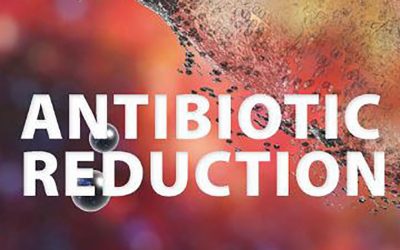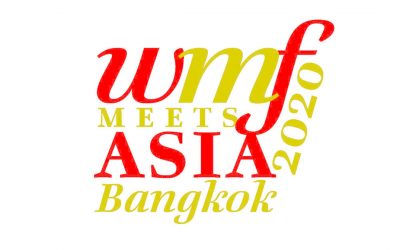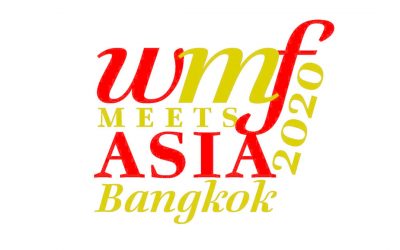Dealing with BSE in South Africa
The South African feed industry faces similar threats and challenges as developed countries, including the Bovine Spongiform Encephalopathy (BSE), or mad cow, scare. This makes many consumers and supermarkets sceptical about the safety of their food. BSE has therefore also been the target of South African lobby groups and the government since the outbreak of mad cow disease.
The South African feed industry faces similar threats and challenges as developed countries, including the Bovine Spongiform Encephalopathy (BSE), or mad cow, scare. This makes many consumers and supermarkets sceptical about the safety of their food. BSE has therefore also been the target of South African lobby groups and the government since the outbreak of mad cow disease.
In 1997, the Animal Feed Manufacturer’s Association (AFMA) members took initiative and agreed on a voluntary ban of carcass- and later bone meal in ruminant feeds. From a legislation point of view it was the responsibility of the Department of Agriculture (DoA) to ensure that systems were in place to prevent any outbreak of BSE in South Africa.
Level III rating
In 2002 the DoA requested an official assessment by the SSC of the Health & Consumer Protection Directorate-General of the EU on the Geographical BSE-Risk (GBR) of the country. Although there has never been any case of BSE in the country it was decided to rate us at level "III", which meant it is likely but not confirmed that domestic cattle are infected with the BSE agent.
Due to the strict measurements implemented by the South African official feed industry to prevent BSE, and a reasonably well controlled rendering business our chances are probably as low as many BSE-free countries to get BSE.
However, at the same time the SSC commented about the ineffective measures in place (responsibility of the DoA) and also requested an improved surveillance and stability of our systems before lowering our GBR rating.
In 2003 the DoA decided to draw up a draft regulation on BSE that would be followed by many changes and prolonged debates between the DoA and the various affected role players.
Finally, in September 2006 (followed by a further correction notice in November 2006), the following wording for the Feed Ban in terms of the Regulations under the Fertilizer, Farm Feeds, Agricultural Remedies and Stock Remedies Act, 1947 was published:
- "No farm feeds establishment will acquire or handle (except under special permission from the Registrar) any ruminant and/or porcine derived protein and/or by-products (except for blood, tallow, milk and milk products) except if farm feeds are only manufactured for dogs and cats."
- "No farm feeds establishment will use any ruminant derived protein and/or by-products (except for blood, tallow, milk and milk products) other than in farm feeds intended for dogs and cats."
- "No farm feeds establishment will use any porcine derived protein and/or by-products (except for blood, tallow, milk and milk products) in farm feeds that are intended for ruminants without written permission of the Registrar."
The regulation will now be enforced as part of the DoA’s actions to ensure that South Africa would in future comply with all the regulations stipulated to become a BSE-free country.











